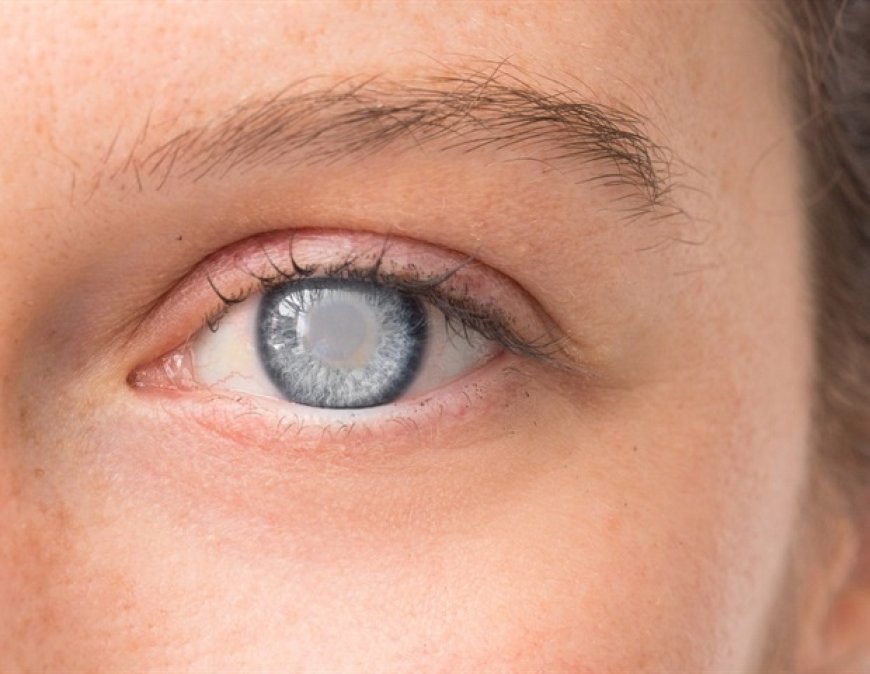Study Reveals NR2F1 Role in Fibrotic Cataract Development
Cataracts, a common eye condition, can lead to fibrotic cataracts post-surgery. NR2F1 activates the STAT3 pathway, promoting fibrosis. The study uncovers potential therapeutic targets for treating fibrotic cataracts.

Cataracts are a common eye condition that often requires surgery. However, some patients develop fibrotic cataracts even after surgery. This is caused by a process called epithelial-mesenchymal transition (EMT), where lens cells acquire fibrotic traits. While it is known that transforming growth factor-beta (TGF-β) drives this process, the exact molecular mechanisms are not fully understood. Recent evidence suggests that a transcription factor called NR2F1 may play a role in fibrosis. Understanding these molecular regulators is crucial for addressing fibrotic cataracts.
In a study led by scientists at Chongqing Medical University and Chongqing General Hospital, researchers discovered that NR2F1 activates the STAT3 signaling pathway, promoting fibrosis in cataracts. The study, published in Genes & Diseases, found that defective autophagy leads to NR2F1 accumulation, causing cell death and fibrotic plaque formation. Silencing NR2F1 reduced fibrotic markers and improved lens clarity in mouse models.
The interaction between NR2F1 and STAT3 was found to be a key driver of fibrosis in cataracts. Blocking this pathway could offer new therapeutic targets for treating fibrotic cataracts without surgery. The study highlights the potential of targeting NR2F1 to prevent fibrosis at a molecular level, improving long-term outcomes for patients.
According to the source: News-Medical.
What's Your Reaction?
 Like
0
Like
0
 Dislike
0
Dislike
0
 Love
0
Love
0
 Funny
0
Funny
0
 Angry
0
Angry
0
 Sad
0
Sad
0
 Wow
0
Wow
0






















































































































































































